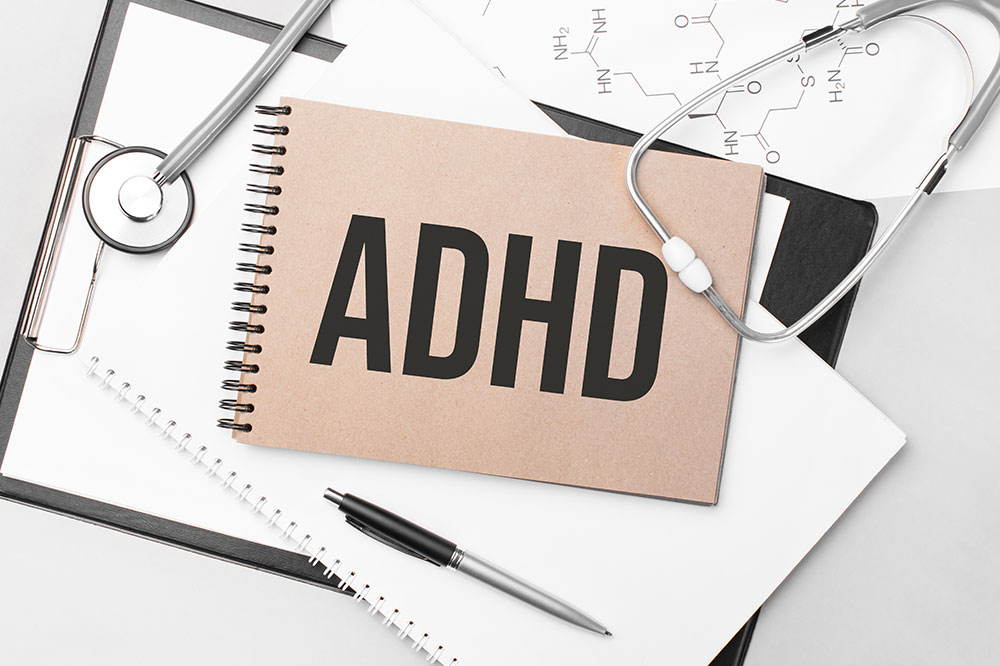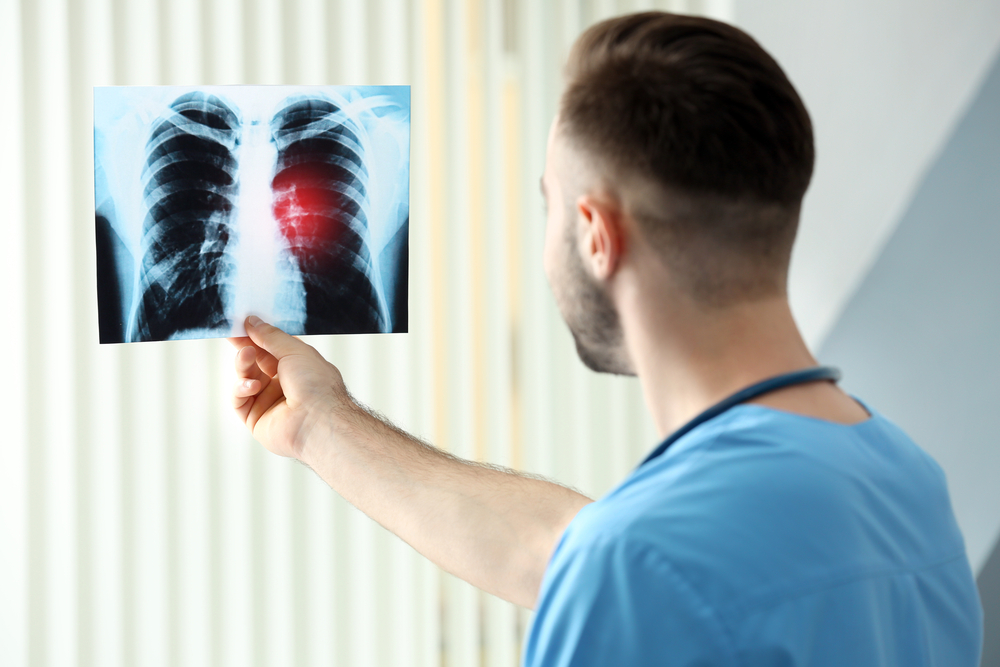Allergy Insights: Symptoms, Causes, and Prevention Strategies
Learn about allergy development, symptoms, detection methods, and prevention techniques to manage allergies effectively and maintain a healthy lifestyle.

The immune system plays a crucial role in defending the body against harmful pathogens. However, it can sometimes overreact to harmless agents known as allergens, resulting in allergic reactions. These allergens can be encountered through food, airborne particles, or skin contact. By understanding how allergies develop and recognizing their symptoms, individuals can implement effective prevention and management strategies to lead healthier lives.
Progression of Allergic Responses
While symptoms vary, allergy development typically occurs in five key stages:
Stage 1
An allergen enters the body and interacts with immune cells.
Stage 2
The immune system produces specific IgE antibodies.
Stage 3
IgE antibodies bind to respiratory or digestive tract cells without immediate signs.
Stage 4
Upon repeated exposure, IgE identifies the allergen as dangerous, triggering a reaction.
Stage 5
Within a day, immune cells release chemicals to combat the allergen, causing symptoms.
How to Detect Allergies
Signs of allergies include skin rashes, nasal congestion, sore throat, and watery eyes. Severe symptoms like difficulty breathing, dizziness, or swelling demand urgent medical attention. Diagnostic tests such as skin prick tests, blood work, or elimination diets can pinpoint specific allergens, aiding in tailored treatment plans.
Preventive Measures
Knowing your allergens helps avoid triggers. Adherence to medication, carrying emergency epinephrine, and wearing medical IDs improve safety. Proper allergy management supports maintaining a normal lifestyle without compromising health.
Note: This article is for informational purposes only. Always consult healthcare professionals for accurate diagnosis and treatment options.


